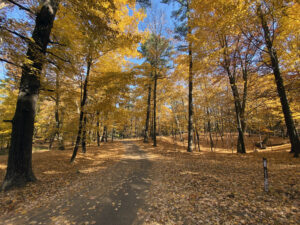
Andy Tuttle in his typical “office” environment. Photo Credit: Andy Tuttle
Andy Tuttle figures he has seen just about everything in decades of work as a forester.
“That’s the cool thing about what we do,” said Tuttle, a consulting forester for Groeschl Forestry Consulting. “Everything is an adventure and there are new projects every day.”
Tuttle’s list of specialties includes forest management planning, timber sale and inventory administration, appraisal and contracting, wildlife habitat improvement, environmental impact studies, recreational planning, GIS/GPS mapping and expert litigation testimony.
That’s a full deck of varied skills, to be sure. But Tuttle says “the bread and butter of what I do” is consulting with landowners involved – or considering involvement – in the Wisconsin Department of Natural Resources’ (DNR) Managed Forest Law (MFL) program.
As such, Tuttle stands as a shining example of the 200 or so certified MFL plan writers in the state.
“Because there’s so much to do with MFL, probably 70% of what I do, if not more, is related to MFL in some way,” Tuttle said, adding that his MFL work often focuses heavily on when the time for a timber sale arrives. Continue reading “Tuttle Offers Expert Advice To MFL Landowners”

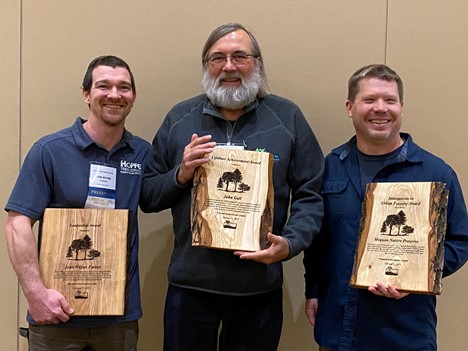 The
The  Tree City USA Interactive Map
Tree City USA Interactive Map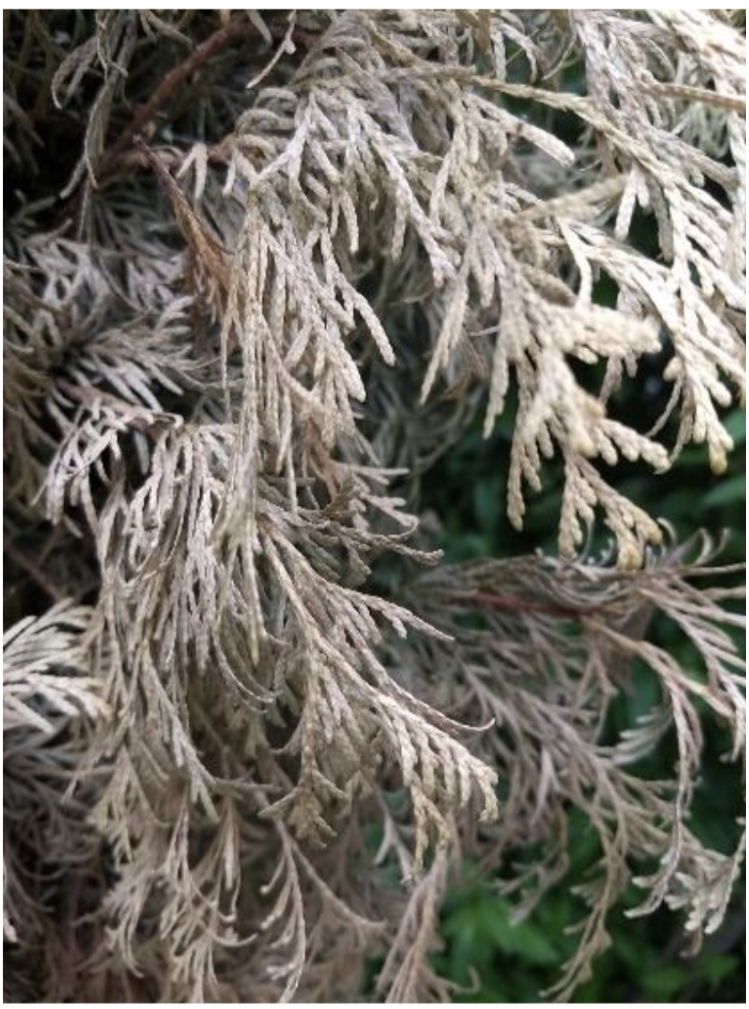 ‘Winter burn’ refers to a type of damage to evergreen foliage that typically occurs over winter. Common symptoms are browning and dying from the tips of the foliage inward. Several factors cause winter burn on evergreens, including winter ‘thaws’ while the ground is frozen, dry soil in autumn, a long period of very cold temperatures, winter sun on evergreen foliage or drying winter winds, poor siting of susceptible plants, recent planting/transplanting and the individual plant’s susceptibility. Frequently affected plants include yews, junipers, boxwood, arborvitae, rhododendrons, dwarf Alberta spruce and hemlock.
‘Winter burn’ refers to a type of damage to evergreen foliage that typically occurs over winter. Common symptoms are browning and dying from the tips of the foliage inward. Several factors cause winter burn on evergreens, including winter ‘thaws’ while the ground is frozen, dry soil in autumn, a long period of very cold temperatures, winter sun on evergreen foliage or drying winter winds, poor siting of susceptible plants, recent planting/transplanting and the individual plant’s susceptibility. Frequently affected plants include yews, junipers, boxwood, arborvitae, rhododendrons, dwarf Alberta spruce and hemlock. 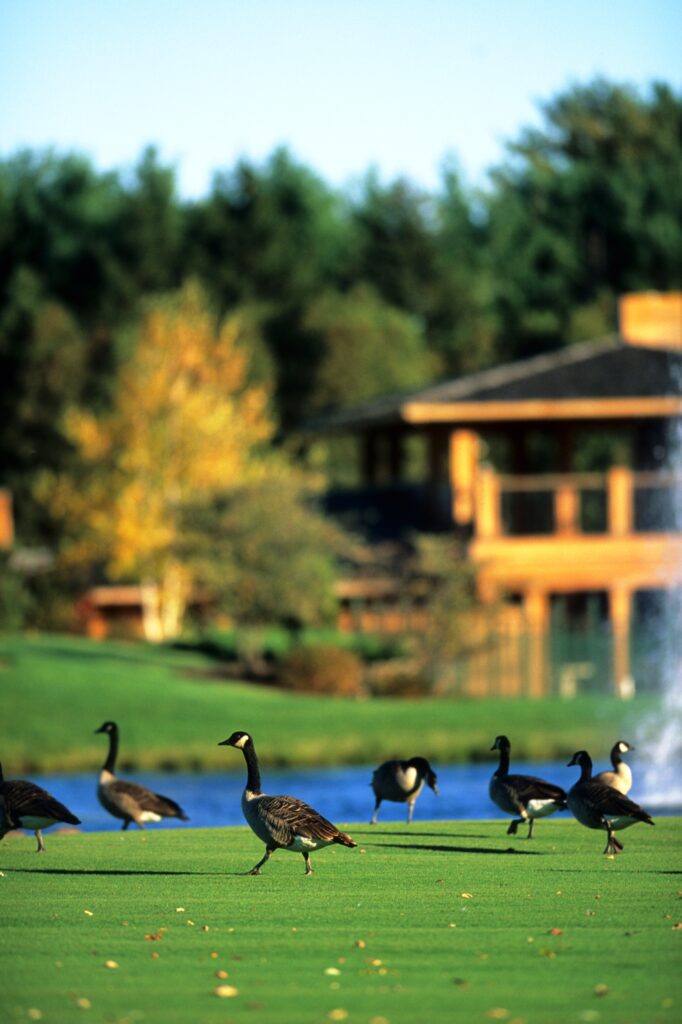 Urban Wildlife Damage Abatement and Control grants help urban areas develop wildlife plans, implement specific damage abatement and/or control measures for white-tailed deer and/or Canada geese. They are available to any town, city, village, county or tribal government in an urban area. This grant provides a 50% cost share up to $5,000 for eligible costs. The application deadline is Dec. 1, 2024.
Urban Wildlife Damage Abatement and Control grants help urban areas develop wildlife plans, implement specific damage abatement and/or control measures for white-tailed deer and/or Canada geese. They are available to any town, city, village, county or tribal government in an urban area. This grant provides a 50% cost share up to $5,000 for eligible costs. The application deadline is Dec. 1, 2024. 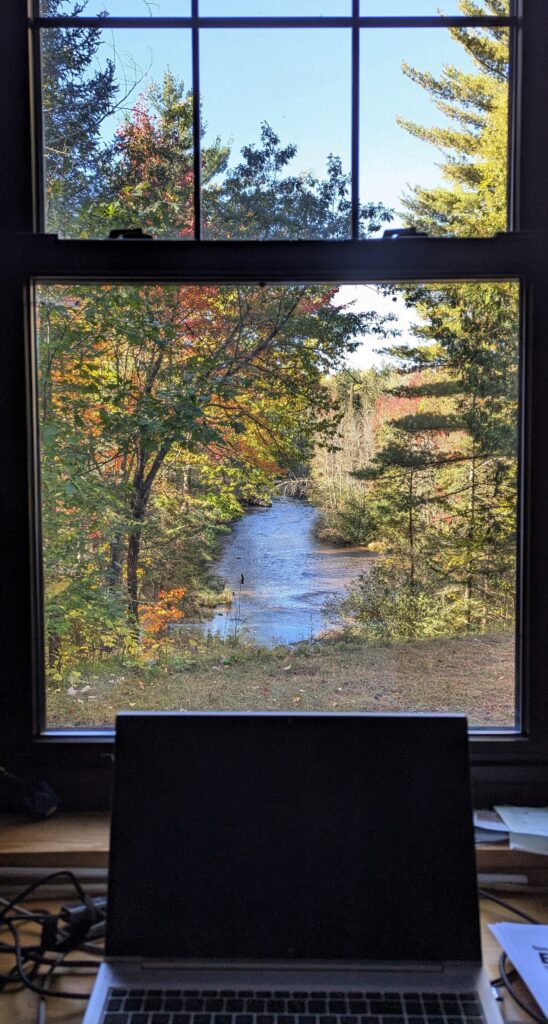 Employee attitudes and well-being improve with exposure to nature. Think about it. Every weekday we commute to work, only to be met by a dark cubicle in shades of beige and grey. Ever wonder why your mood starts to match the walls? It’s because the workplace environment contributes to employee health. We’ve known this to be true (anecdotally) for a long time, but mounting scientific evidence proves our urban and community forests have beneficial effects on employee performance.
Employee attitudes and well-being improve with exposure to nature. Think about it. Every weekday we commute to work, only to be met by a dark cubicle in shades of beige and grey. Ever wonder why your mood starts to match the walls? It’s because the workplace environment contributes to employee health. We’ve known this to be true (anecdotally) for a long time, but mounting scientific evidence proves our urban and community forests have beneficial effects on employee performance.  The Wisconsin Department of Natural Resources (DNR) announced the recipients of the Urban Forestry Catastrophic Storm Grants to assist with damage sustained during statewide extreme storm events that took place June 21-25, 2024.
The Wisconsin Department of Natural Resources (DNR) announced the recipients of the Urban Forestry Catastrophic Storm Grants to assist with damage sustained during statewide extreme storm events that took place June 21-25, 2024. 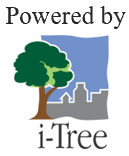 The trees on school properties mirror those of the surrounding urban forest in composition but not in coverage.
The trees on school properties mirror those of the surrounding urban forest in composition but not in coverage. *These training opportunities are provided as an information service only and does not constitute an endorsement from the WI DNR.
*These training opportunities are provided as an information service only and does not constitute an endorsement from the WI DNR.